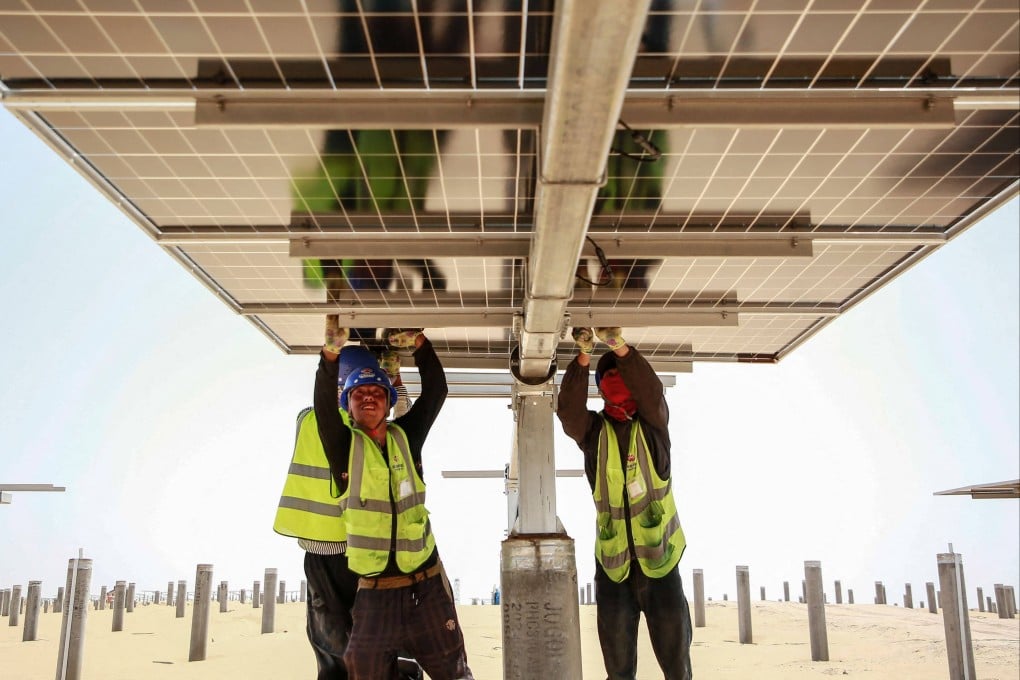Opinion | Why China’s clean tech glut is a net global positive
China’s massive expansion of green technology can help the world decarbonise and decrease prices at a speed and scale required by the climate crisis

This has global repercussions. For example, in the solar manufacturing supply chain, China accounts for 93 per cent of the global polysilicon production capacity, a key input for solar panels. Its dramatic scaling-up of production to globally dominant levels has drastically reduced polysilicon prices.
Other nations are struggling to compete. While prices for polysilicon produced outside China have remained high – at around US$21 per kg – within China, this has fallen to US$4-US$5 per kg.
Even with the domestic deployment of 123GW of new solar capacity nationwide during the first seven months of this year, China cannot absorb its current levels of production. Its resulting clean tech glut has driven continued export growth on top of astonishing price deflation of Chinese components. This is where the contention with the US lies. The latter accuses China of flooding markets with heavily subsidised products, damaging American jobs and industrial production.

-(9).jpeg?itok=1_-N7eDB&v=1726735738)